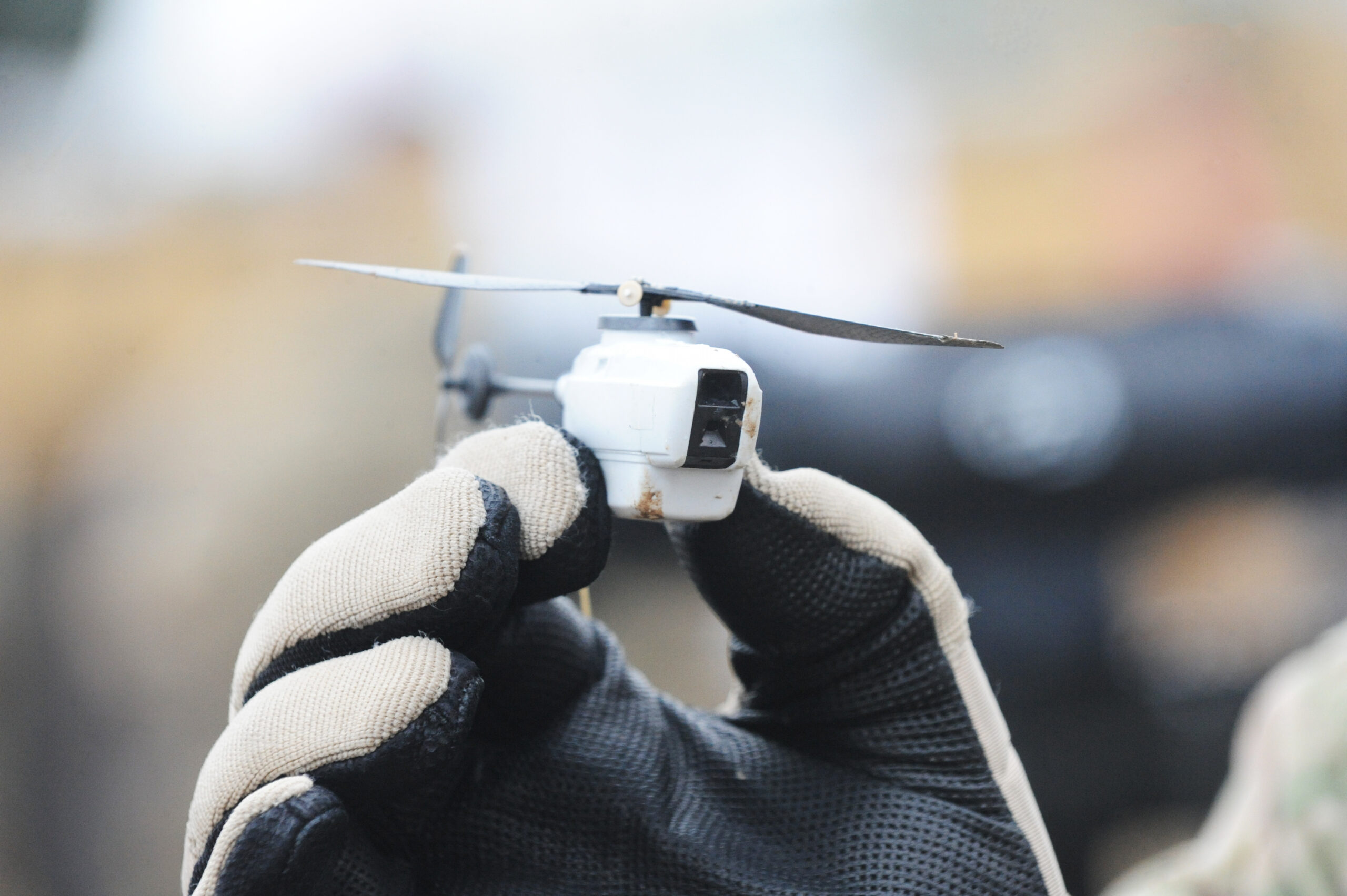The Bundeswehr currently has more than 630 drones. More are to follow, and next year the giant PEGASUS drone will be ordered.
The German military drones have already completed more than 87,000 flight hours. This was written by the Federal Ministry of Defence in response to a parlamentarian question. With over 50,000 hours, most missions are flown with six Israeli long-range HERON 1 drones. The much smaller LUNA was in the air for around 18,000 hours. As of 2002, the Bundeswehr had purchased 145 units from the German manufacturer EMT. Like the HERON 1, the LUNA is also used in Afghanistan and Mali.
Since 2005, the Bundeswehr has also been equipped with the “Kleinflugzeug Zielortung” (KZO). The deployment of these drones, built by Rheinmetall, follows in third place with over 7,000 flight hours. The Bundeswehr currently has more than 60 units of the 170-kilogram KZO, which costed around half a billion. Five of them and their ground stations are stationed in the NATO combat unit in Lithuania.
Training flights with the US Army
The flight hours of the ALADIN small drones and the MIKADO quadrocopters are also listed. For more than ten years, the Bundeswehr has had more than 300 of these two drones in stock. The smaller quadrocopter “Phantom II” of the Chinese company DJI is only used by the Navy. 30 tiny “Black Hornet” nanodrones, on the other hand, have been flown by the army since last year. The Ministry of Defense estimates their flying hours at 66.
The LUNA and the KZO are the only drones that are licensed to operate in Germany. Nevertheless, they may only be flown in restricted military areas. Operation in civil airspace with flight restrictions is also possible. No other aircraft may then be on the move there.
The drones are stationed at different locations, but the training for controlling the larger drones takes place in Israel or (for example for the KZO) at the Artillery School Idar-Oberstein. Until 2016, the Bundeswehr also flew its KZO for “training and exercise purposes” at the military training area of the US Army in Grafenwöhr.
Control will be further automated
The Bundeswehr can control some of its unmanned aerial vehicles without direct line of sight (HERON, LUNA, KZO, ALADIN). The systems then fly off pre-programmed waypoints. According to the ministry, the take-offs and landings of the drones also take place “in a partially automated procedure”. The pilots still have to take over some functions themselves or enter the “operating steps” again and again.
Only HERON 1 can take off and land without pilot guidance. Such a system should also include the weaponisable HERON TP, which is to be delivered to the Bundeswehr at the end of this year and stationed in Israel. All “Heron” drones can also be controlled via satellite communication.
Laser markers for attacks
Future drone systems will also fly fully automatically in swarms and accompany a fighter jet. The Airbus armaments group has already carried out corresponding tests at the Putlos-Todendorf military training area. The scenarios tested included formation flight and avoiding sudden obstacles.
The Bundeswehr drones are also used unarmed for combat missions. The HERON 1, for example, carries a laser marker whose lights can be seen with night vision devices from units on the ground. For the first time, the new HERON TP will carry a laser target marker with which bombs can be directed into the target.
New order for giant drones
The Bundeswehr currently has a total of more than 630 drones. Further procurements are pending. LUNA is to be replaced by a larger successor system. In the project “Reconnaissance and Identification in Maritime Operations”, the Navy will receive six helicopter drones for its corvettes.
Next year, the contract for the giant reconnaissance drones “Persistent German Airborne Surveillance System” (PEGASUS) will be awarded. They will then be stationed in Schleswig-Holstein. The PEGASUS drones are based on the GLOBAL HAWK, which is flown from Sicily by the Bundeswehr as part of a NATO programme. This weight class also includes the mothballed EURO HAWK, the remains of which are to be sold to Canada.
Image: Nanodrone “Black Hornet” (Richard Watt/MOD, Open Government Licence v1.0).




